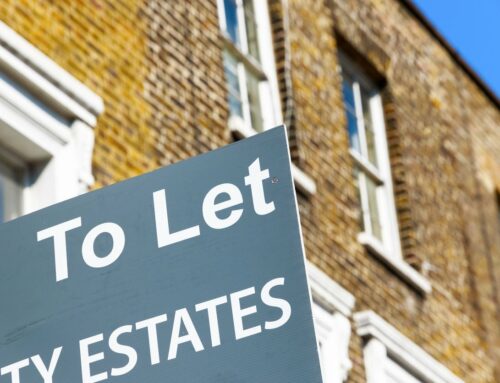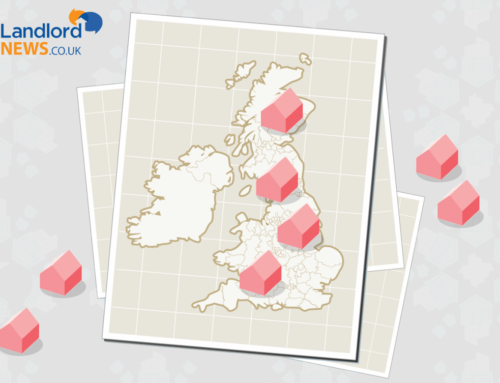Home » Uncategorised »
Landlords beginning to adapt to new market
This article is an external press release originally published on the Landlord News website, which has now been migrated to the Just Landlords blog.
The most recent Buy to Let Britain report from Kent Reliance has revealed shifting sentiments in the market, as landlords respond to new tax alterations.
A survey of 754 landlords, run in conjunction with BDRC Continental in the opening quarter of 2017, revealed 41% were positive about their portfolios. This was down slightly on the 44% on the last quarter.
Positivity/Negativity
Pleasingly, those with a positive outlook still outweigh those with negative one. However, the 41% recorded was well down on the 67% who were confident three years ago.
During the opening three months of 2017, 10% of landlords added to their portfolios – slightly outnumbering the 8% who reduced holdings. In the next three months, 19% of landlords asked expect to reduce their portfolios, as opposed to 13% who said they would increase.
Rather than a mass exodus of landlords from the private rental sector, the shifting sentiment could reflect how the reality of increased tax and running costs will undermine supply moving forwards. There could be consolidation in the market, with smaller landlords leaving the market as a result of being pushed into a greater tax bracket.
This gives an opportunity for forwarding the professionalism of the sector, in terms of size and scale of landlords and the service they provide to their tenants.
In terms of demand, tenant population is growing, albeit at a slower rate than in recent years. 27% of landlords saw tenant demand rise during the last quarter, but more saw demand lower.

Landlords beginning to adapt to new market
Changes
Andy Golding, Chief Executive Officer at OneSavings Bank, noted: ‘Changes have come thick and fast for landlords since our last edition. First, the housing market came to the fore in the government’s housing white paper in February, which recognised the need to stimulate housebuilding and loosen restrictive planning rules. This was followed by a raft of pledges in each of the political parties’ manifestos ahead of the recent general election. The Conservatives promised to build 1.5 million homes by the end of 2022 while Labour committed to build 100,000 council and housing association homes a year. The failure of either party to secure a majority questions whether these promises will be met with action, however we have at least seen a firm recognition of the scale of the housing crisis.’[1]
Golding went on to say, ‘While this will hopefully shape the wider housing market in the longer term, landlords have been getting to grips with more immediate changes. This April saw changes to tax treatment of BTL mortgages introduced, raising costs for many landlords. The Prudential Regulation Authority (PRA) first round of changes to mortgage underwriting took effect from January, with the second; altering the way larger portfolio landlords are treated, set to come in to play in October. Against this backdrop, costs continue to rise, even before we factor in higher tax bills for many landlords. In the last report from our Buy to Let Britain Research Series showed that the annual running costs of a buy to let property have reached £3,632 – up a quarter since 2007.’
‘These factors are clearly beginning to drag on the growth of the sector; landlords have had to navigate the changing tides of taxation and regulation, at the same time as seeing the cost of doing business increase. We look at how they are doing so, how returns and rents are performing, and whether demand for, and access to, mortgage finance has been hit.’[1]
[1] http://www.propertyreporter.co.uk/landlords/landlords-adapt-to-new-market-as-sentiments-shift.html




